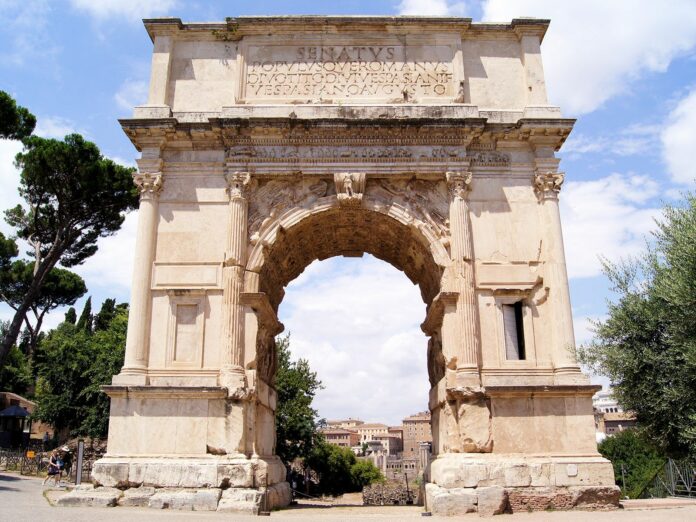Standing proudly along Rome’s ancient Via Sacra, the Arch of Titus tells a tale of triumph, tragedy, and the enduring legacy of an empire. This majestic monument, erected in 81 AD, stands as a silent witness to one of history’s most pivotal moments – the Roman conquest of Jerusalem.
A Brother’s Tribute in Stone
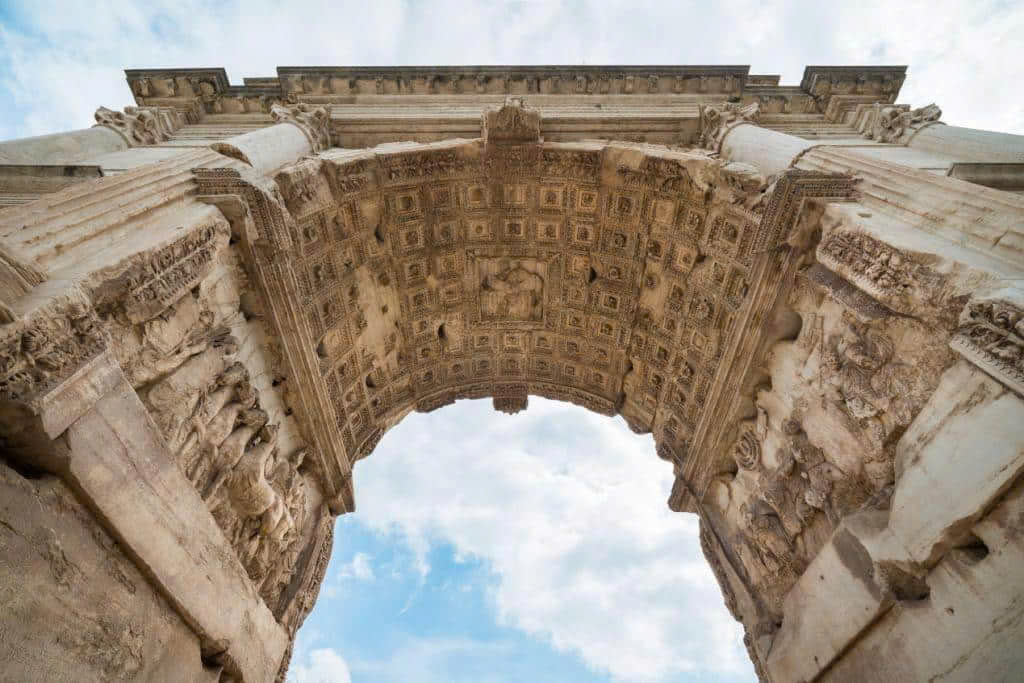
When Emperor Titus passed away in 81 AD, his brother Domitian commissioned this magnificent arch as a lasting memorial. But this wasn’t merely a family tribute; it was a bold statement of Roman power and divine authority. The arch commemorated Titus’s greatest military achievement – the successful siege of Jerusalem in 70 AD, a campaign that would forever change the course of Jewish history.
Architectural Brilliance Meets Historical Narrative
A Canvas of Stone and Memory
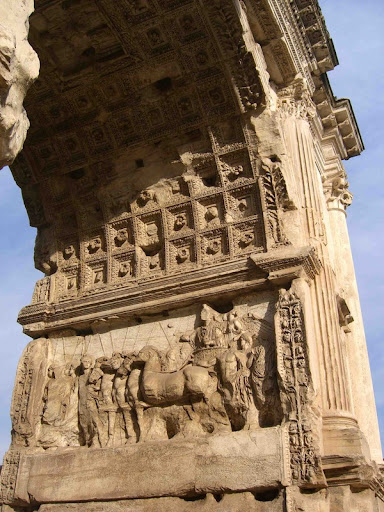
As visitors approach the arch today, they’re greeted by an architectural masterpiece that seamlessly blends engineering prowess with artistic excellence. Rising above the ancient Roman road, its single archway frames the sky like a portal to the past. The structure’s true magnificence lies in its detailed relief panels, particularly those facing the iconic Colosseum.
Stories Carved in Stone
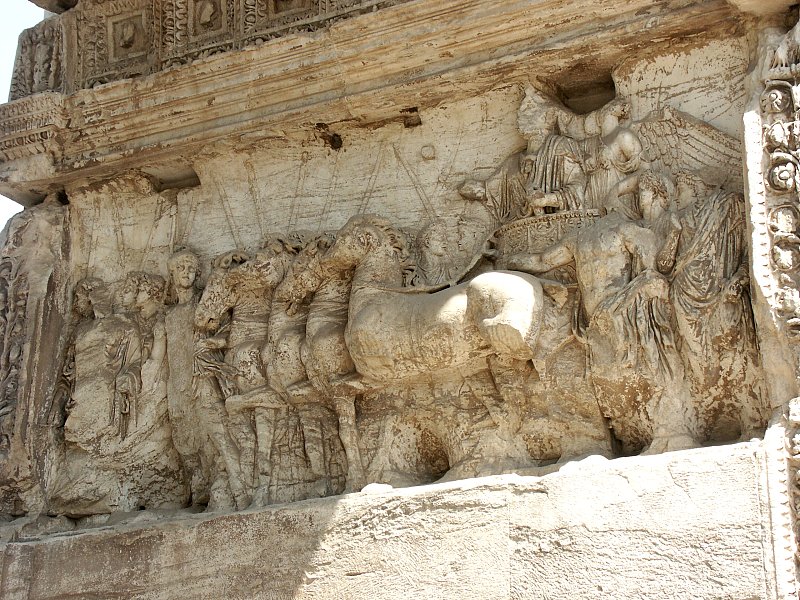
The arch’s reliefs tell their story with remarkable detail. On one side, Emperor Titus rides triumphantly in his chariot, the goddess Victory hovering nearby – a divine endorsement of Roman supremacy carved in stone. Built from robust travertine and adorned with elegant Corinthian columns, the arch exemplifies Roman engineering at its finest.
Beyond Victory: A Monument of Dual Meaning
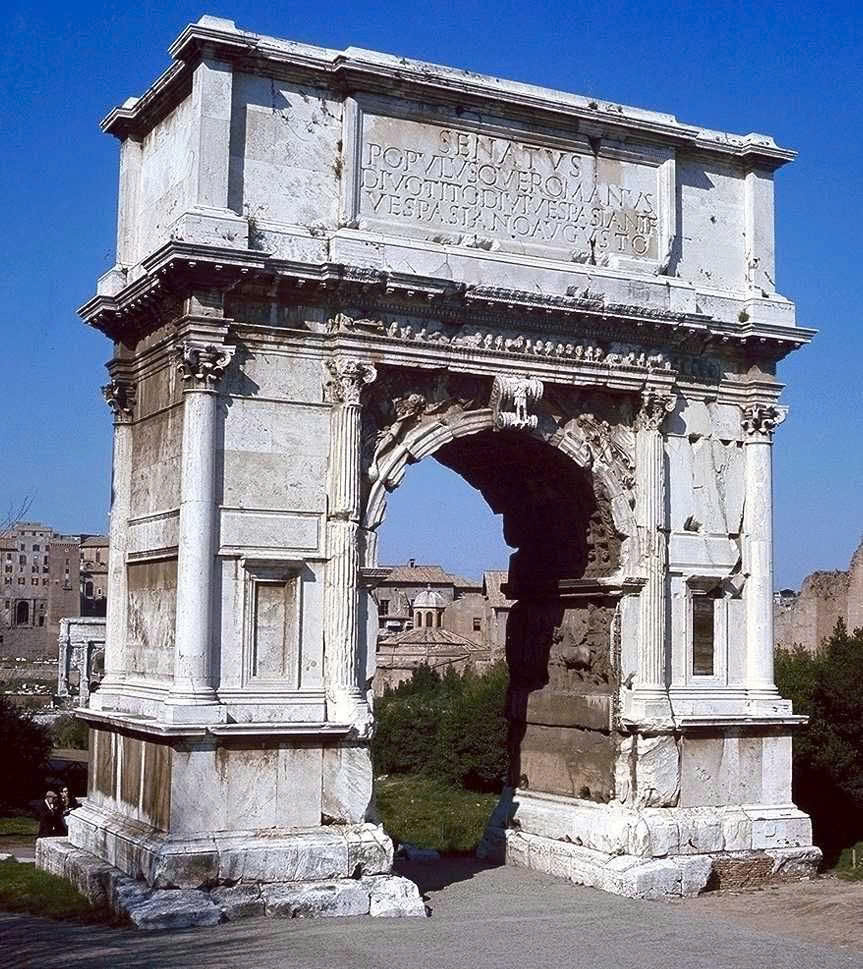
The Arch of Titus speaks different truths to different people. For Romans, it proclaimed their empire’s invincibility and divine favor. For the Jewish people, however, it marks a profound tragedy – the destruction of their Second Temple and the beginning of their diaspora. This duality transforms the arch from a simple victory monument into a complex symbol of how triumph and tragedy often intertwine in human history.
Legacy Through the Ages
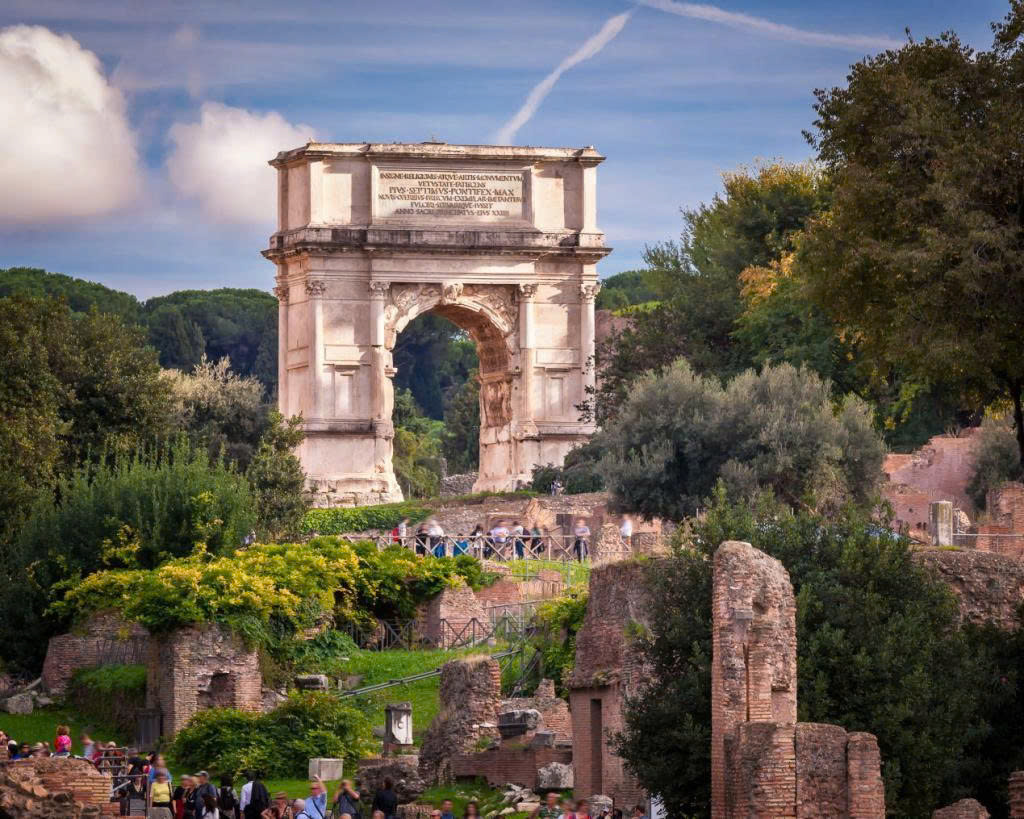
Today, the Arch of Titus stands as more than just a celebration of Roman military might. It serves as a powerful reminder of how monuments can carry different meanings for different cultures. While it showcases Rome’s architectural brilliance and imperial power, it also preserves the memory of a pivotal moment that shaped the destiny of multiple civilizations.
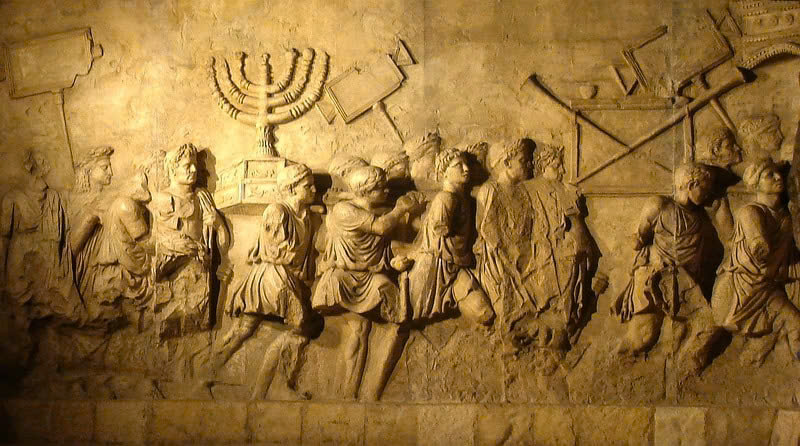
The arch continues to inspire reflection on the nature of victory, loss, and the lasting impact of imperial ambitions on human societies. Its endurance through the centuries reminds us that some stories, whether of triumph or tragedy, deserve to be remembered and understood by each new generation.
